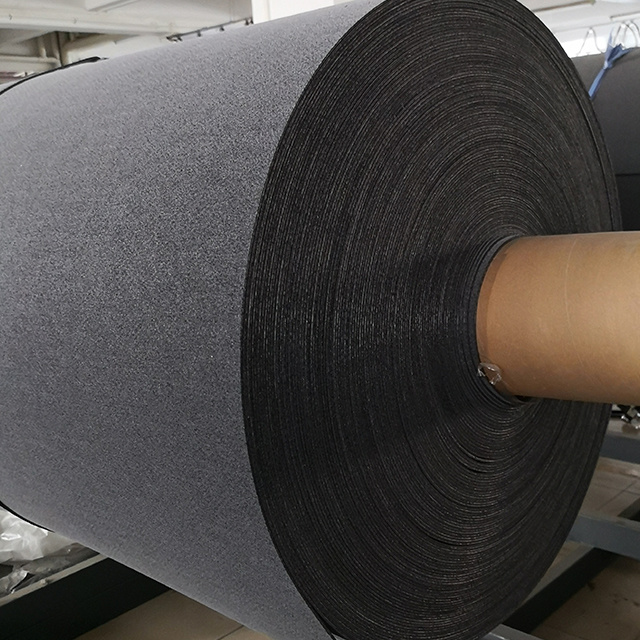Maintenance and installation of industrial belts
Published Time:
2022-09-02
Source:
Author:
With the increasing number of automated mechanical equipment in the industrial field, the application of industrial belts is also increasing. Industrial belts are used in various automated mechanical equipment. For manufacturers of automated mechanical equipment, let's take a look at the maintenance and installation of industrial belts.

I. Industrial Belt Maintenance:
1. During transportation and storage, industrial belts should be kept clean, protected from direct sunlight or rain and snow, prevented from contacting acids, alkalis, oils, organic solvents, and other substances, and kept at least 1 meter away from heating devices.
2. During storage, the warehouse temperature should be maintained between 18-40℃, and the relative humidity should be maintained between 50-80%.
3. During storage, industrial belts should be rolled up and stored, and should not be folded. They should be turned over every quarter.
4. Industrial belts of different types, specifications, and layers should not be spliced together. Splicing should be done using an adhesive method.
5. The type, structure, specifications, and layers of the industrial belt should be reasonably selected according to the usage conditions.
6. The operating speed of the industrial belt should generally not exceed 2.5 meters/second. When using materials with large block size and high wear and tear and fixed discharge devices, low speed should be used as much as possible.
7. The relationship between the diameter of the conveyor drive roller and the layers of the industrial belt, the combination of the drive roller and the reversing roller, and the requirements for the idler roller trough angle should be reasonably selected according to the conveyor design specifications.
8. The material supply direction is along the running direction of the industrial belt. Slides are used to reduce the impact of material dropping on the industrial belt and reduce the dropping distance of the material; the industrial belt receiving section should shorten the distance between the rollers and use buffer rollers as leakage material. The belt should use a soft and moderate support plate to avoid damage to the belt surface caused by an overly hard support plate.
II. Industrial Belt Installation Instructions:
1. Turn off the power, remove the protective cover, and loosen the mounting bolts of the motor. After starting the motor, the industrial belt is fully relaxed, and the belt can be removed without prying. Do not pry the belt.
2. Unfasten the old belt and check for any abnormal wear. Excessive wear may indicate problems with the actuator design and maintenance.
3. Select the appropriate industrial belt for replacement.
4. When cleaning the industrial belt and pulley, use a cloth with a small amount of non-volatile liquid to wipe. Soaking the belt in detergent or brushing it with detergent is not recommended. Using sandpaper to remove oil stains and dirt or scraping with sharp objects is also clearly not recommended. Industrial belts should be dry before installation and use.
5. Check the pulley for abnormal wear and cracks, and replace the pulley if excessive wear is found.
6. Check if the pulleys are linearly symmetrical. Linear symmetry of the pulley relative to the drive belt, especially for synchronous belt drives, is important.
7. Check the remaining drive components, including the symmetry, durability, and lubrication of the bearings and bushings.
8. Install the new industrial belt on the pulley without excessive pulling or force.
9. Adjust the center distance of the drive until the belt tension is appropriate as detected by the tension tester. Manually rotate the coil drive wheel and re-measure the tension.
10. Tighten the motor mounting bolts and correct the torque. Changes in the center distance during drive operation will lead to poor performance of the industrial belt, so be sure to confirm that all drive components are tightened.
11. Start the device, observe the belt performance, check for abnormal vibrations, and listen for any unusual noises. Turn off the machine and check the condition of the bearings and motor. If it feels too hot, the industrial belt may be too tight, the bearings may be asymmetrical, or the lubrication may be incorrect.
The above is an introduction to the maintenance and installation of industrial belts. For more information, please feel free to contact us! Our company has many years of experience and is always looking forward to your participation.
Industrial belt
Related Blog







